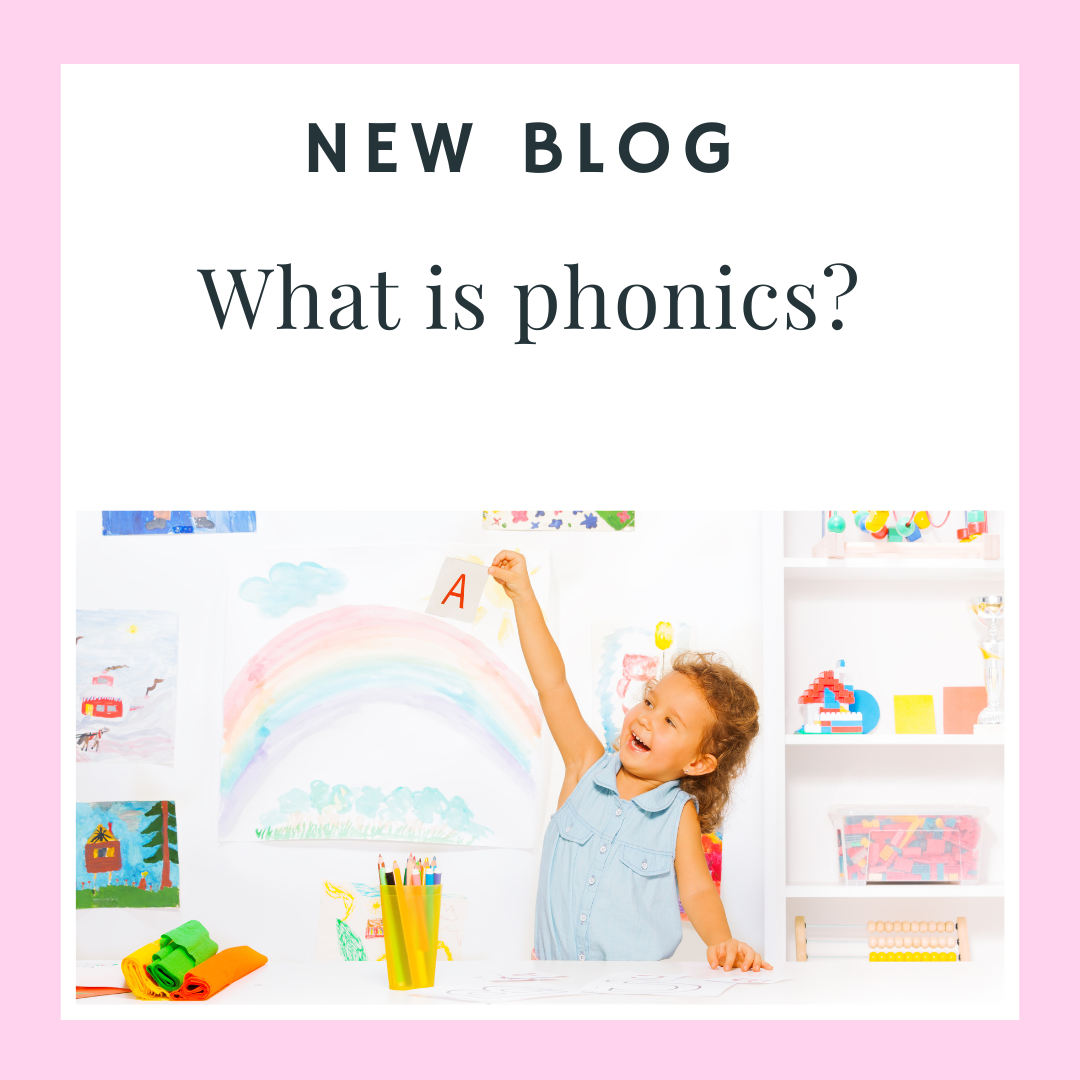Every parent wants their child to be a confident and successful reader. And one of the keys to achieving this is by teaching them phonics. But what exactly is phonics, and why is it so important in helping our children learn to read? In this blog post, we'll break down the basics of phonics and explain why it's a vital tool in your child's reading journey.
What Is Phonics?
Phonics is a way of teaching children to read by helping them understand the relationship between the sounds of spoken language and the letters that represent those sounds in written language. It's like a secret code that, once cracked, allows your child to unlock the magic of reading.
Imagine if you had to read a book in a foreign language that you didn't understand. It would be pretty challenging, right? Well, for kids who are just starting to learn how to read, every word on the page can seem like a foreign language. That's where phonics comes in!

The Building Blocks of Phonics
To understand phonics better, let's break it down into three important building blocks:
-
Phonemes: These are the smallest units of sound in a word. For example, the word "cat" is made up of three phonemes: /c/ /a/ /t/. Teaching kids to recognize these individual sounds is the first step in phonics.
-
Graphemes: These are the written letters and letter combinations that represent phonemes. In the word "cat," the graphemes are 'c,' 'a,' and 't.' Teaching children to connect these letters with the sounds they make is crucial.
-
Blending: Once kids can identify phonemes and graphemes, they can start blending them together. This is when they put the sounds together to read words. For example, when they encounter the written word, cat, they need to connect the letters to the sounds they represent, then blend those sounds together: /c/ /a/ /t/ = "cat".
Why Do We Teach Phonics?
Now that we know what phonics is, let's dive into why we teach it:
-
It's the Foundation of Reading: Phonics is like the foundation of a house. It provides a strong base for your child to build upon as they learn to read. Without a solid understanding of phonics, reading can be a frustrating and confusing experience.
-
Independence and Confidence: Once kids grasp phonics, they become more independent readers. They can sound out unfamiliar words, which boosts their confidence and encourages them to explore new books on their own.
-
Spelling Skills: Phonics also helps with spelling. When kids understand the relationship between sounds and letters, they can spell words more accurately. For example, if they wanted to spell the word 'dog', they would need to hear the phonemes (sounds): /d/ /o/ /g/, then use the graphemes (letters) that represent those sounds: d o g.
-
Better Comprehension: By knowing how to sound out words, children can focus on understanding the text rather than struggling to decode words. This improves their reading comprehension.

Phonics is an essential tool in teaching your child to read. It's like giving them a key to unlock the magical world of books. By breaking words down into sounds and letters, phonics helps children become confident and independent readers. So, as parents, let's embrace phonics as a crucial part of our child's reading journey and watch them soar in their literacy skills.


